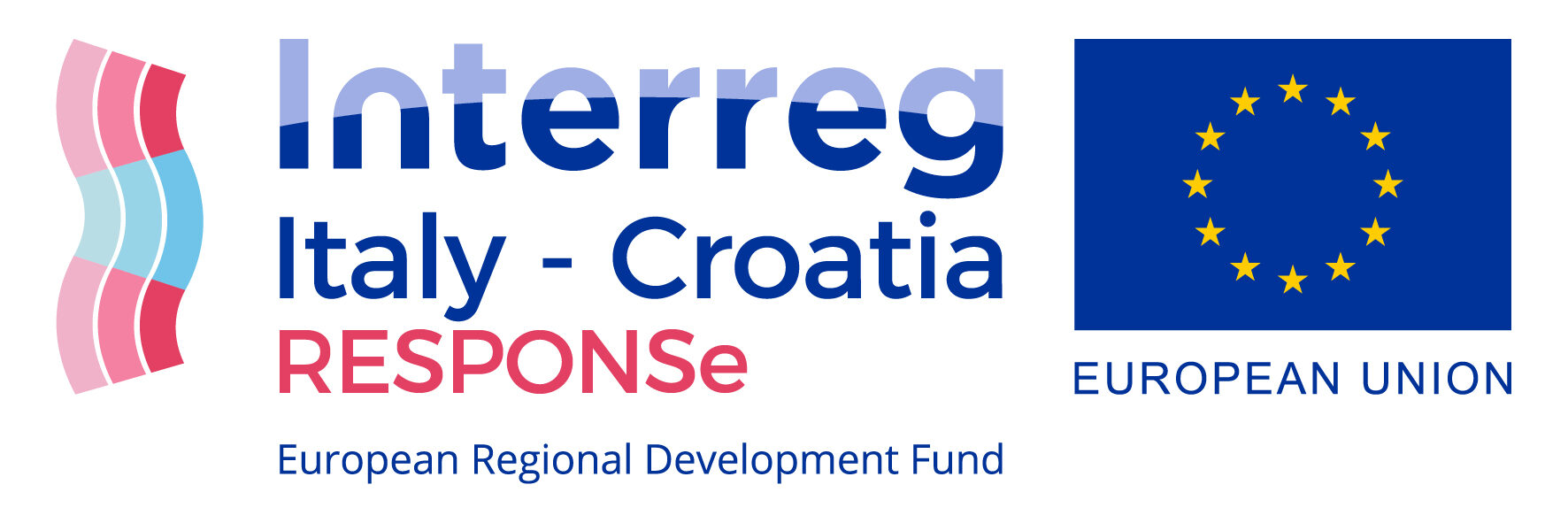Climate actions
Remote sensing technologies can be satellite- or aircraft-based and are able to detect and classify objects and characteristics of the Earth system through propagated signals (e.g. electromagnetic radiation). Recently, remote sensing has been used for improving our understanding of the climate system and its changes. It enables to monitor the Earth surface, ocean and the atmosphere at several space-time scales, thus allowing climate system observations, as well as to investigate climate-related processes or long- and short-term phenomena, as for example deforestation or El Niño trends. Moreover, remote sensing is useful to collect information and data in dangerous (e.g. during fire events) or inaccessible areas (e.g. impervious areas). Studying and monitoring climate change requires a long-term time series of observations, while satellite data are often available for short-term period. Furthermore, some uncertainties and distortions of received image frames due to vibrations and turbulence can be derived by biases in sensors and retrieval algorithms, so the use of satellite observations in climate change studies requires a clear identification of such limitations. Other possible limitations include: (i) high cost for acquiring aircraft and drone high-resolution data; (ii) in some cases, limited access to needed technologies due to costs or skills constraints; (iii) temporal discontinuity of aircraft and satellite data; while the first can be particularly expensive and therefore available for a limited number of surveys, the second are collected at fixed intervals depending on the satellite return time.
Remote sensing
Objective
Acquisition of data and information about a phenomenon and a territory, without a direct contact with it.
Description
Expected results
(i) natural resource management, (ii) management of agricultural practices, for example related to land use, land conservation and soil carbon stock, (iii) tactical forest fire-fighting operations in real-time decision support systems, (iv) monitoring of land cover and its changes over different temporal and spatial scales, even after a disaster event, (v) better informed forest and water management, (vi) evaluation of carbon stocks and related dynamics, (vii) simulation of climate system dynamic, (viii) improvement of climate projections and meteorological reanalysis products, widely used for climate change research studies.
Result indicators
Spatial coverage, multi-temporal and multispectral capability
Involved actors
Practitioners involved in disaster risk management, urban planners, land planners, farmers, etc.
Expected timeline for action
Best practices
Criticalities
Scope of the action
Type of proposed actions
Sector of action
Climate impacts
Implementation scale
